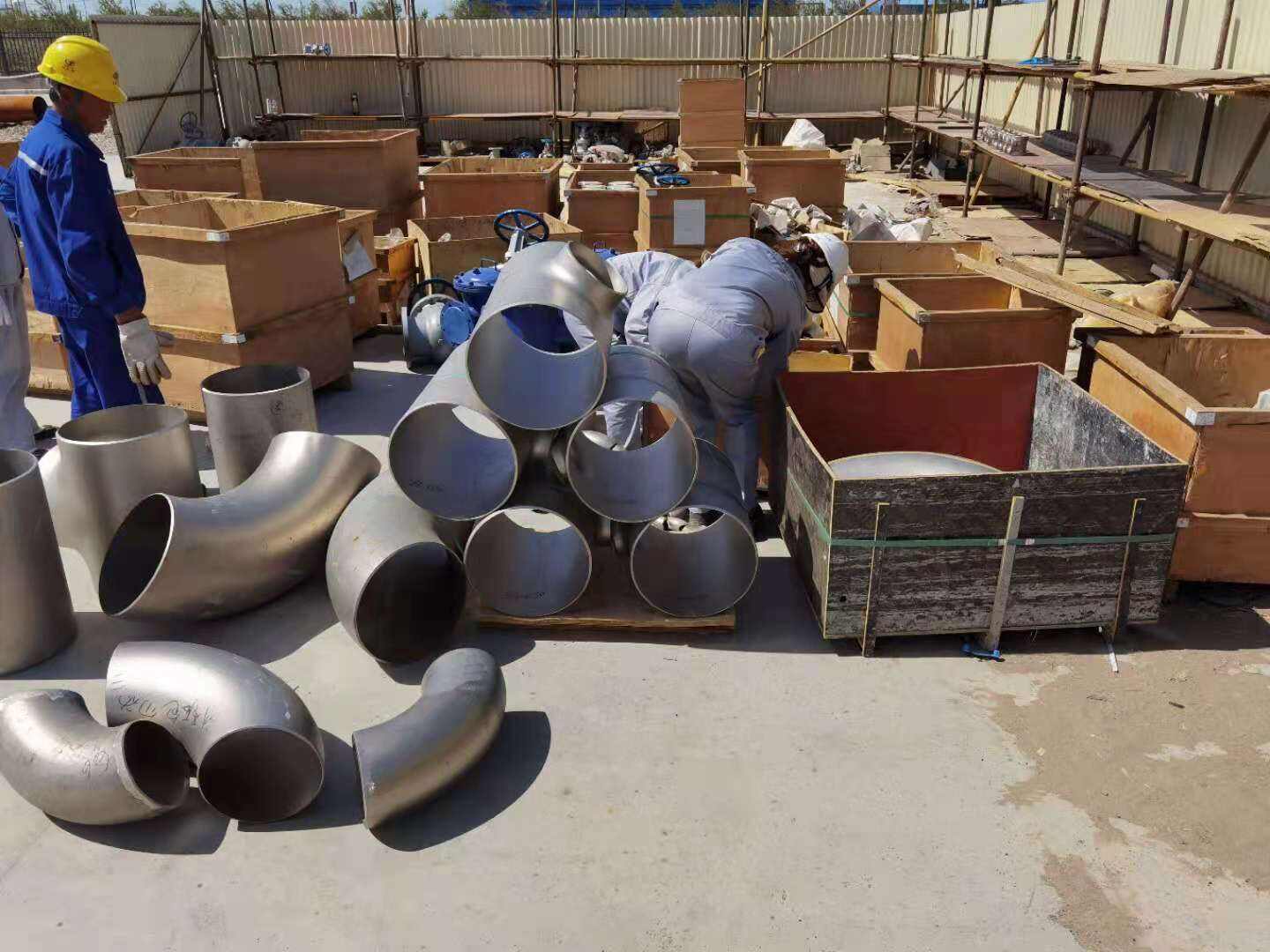Processos químicos e seu desempenho dependem altamente da construção interna da torre e seus componentes, neste blog discutimos a importância do fornecimento de torres e internos e seu papel que está no coração dos processos químicos.
O que são Torres em relação aos Processos Químicos?
Colunas de destilação estão em alta demanda, pois são extremamente eficazes na separação de componentes de uma mistura com base apenas na diferença em seus pontos de ebulição, semelhante à destilação fracionada. As colunas podem ser amplamente utilizadas em uma variedade de indústrias, como petroquímica, farmacêutica e processamento de alimentos. O processo de separação para esses componentes pode variar dependendo da forma da torre que é construída. Os fatores operacionais, como componentes internos, diâmetro e altura da torre, desempenham um papel crucial na determinação do custo e da eficiência do processo de separação.
A Importância dos Internos
Internos, como bandejas, packing e distribuidores são as partes diretamente desembaladas dentro das torres durante os procedimentos de separação. Cada tipo de interno é específico em seu propósito, o que pode alterar a eficiência da transferência de massa, a queda de pressão interna ou até mesmo a distribuição do líquido em uma torre. Por exemplo, os internos de bandeja oferecem uma ampla área de superfície de contato entre vapor e líquido, enquanto os internos de packing aumentam a eficiência da transferência de massa, criando baixa resistência interna. O estudo das diferenças entre esses internos e sua aplicação é vital para o design de processos químicos por cada um dos engenheiros.
Importância da Seleção de Peças
Os materiais para torres, bem como os internos, devem ser selecionados para garantir que suportem corrosão e contaminação/inflamação. Esses materiais incluem, mas não se limitam a, aço inoxidável, aço carbono ou certos tipos de ligas. Vários aspectos devem ser levados em consideração no processo de seleção, como o caráter químico dos produtos sendo tratados, aplicações de temperatura e pressão. A seleção adequada de materiais não apenas aumenta o ciclo de vida das ferramentas e equipamentos, mas evita a necessidade de custos adicionais de manutenção e reparo, bem como tempos de inatividade dos equipamentos.
Melhorias nos Projetos de Torres e Equipamentos Internos
O uso de modelagem avançada de dinâmica de fluidos computacional (CFD) por engenheiros desenvolveu uma capacidade de simular e prever os padrões de fluxo que precisam ser acomodados nos projetos de torres. O desempenho dos internos também experimentou melhorias graças à adição de novos materiais e revestimentos que aumentam a resistência mecânica e a resistência química desses componentes. Esses avanços, por sua vez, facilitarão a adoção de novas tecnologias mais eficazes e ambientalmente amigáveis, abordando assim as limitações que os fornecedores enfrentam atualmente para atender à demanda global.
Tendências nas Práticas de Processamento Químico
A transformação contínua do mercado não apenas exigirá que o setor químico aumente a entrega de uso sustentável e eficiente de recursos, mas também precisará que o processamento químico seja eficiente e mais enxuto. O aumento das metas de eficiência energética e a redução na geração de resíduos estão impulsionando oportunidades na oferta de engenharia de torres e internos. Mais empresas estão adotando designs modulares que melhoram a capacidade de escalar e oferecem flexibilidade nas operações. Além disso, a incorporação de tecnologias inteligentes e automação provavelmente proporcionará melhor monitoramento e controle que, em última análise, resultarão em maior eficiência de produção. Acompanhar essas tendências será vital para qualquer empresa que deseje permanecer relevante no mercado.
Finalmente, no contexto da engenharia química, o fornecimento de torres e seus componentes internos se torna importante. Ao aprender sobre as especificidades do design da torre e dos componentes, e algumas novas tendências, as empresas conseguem melhorar seus processos e trabalhar de maneira mais eficiente e sustentável.

